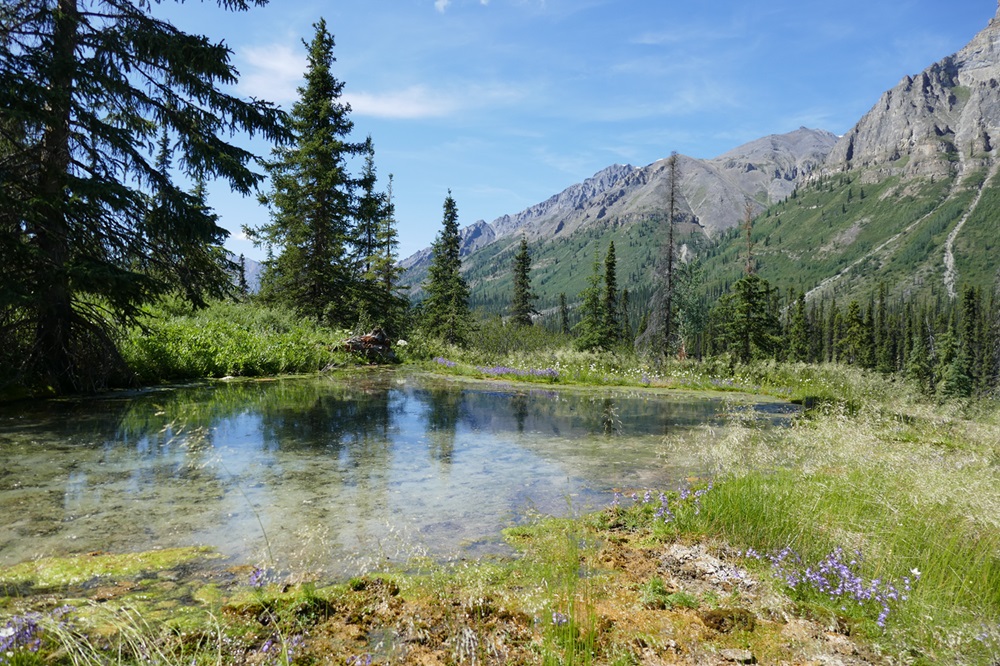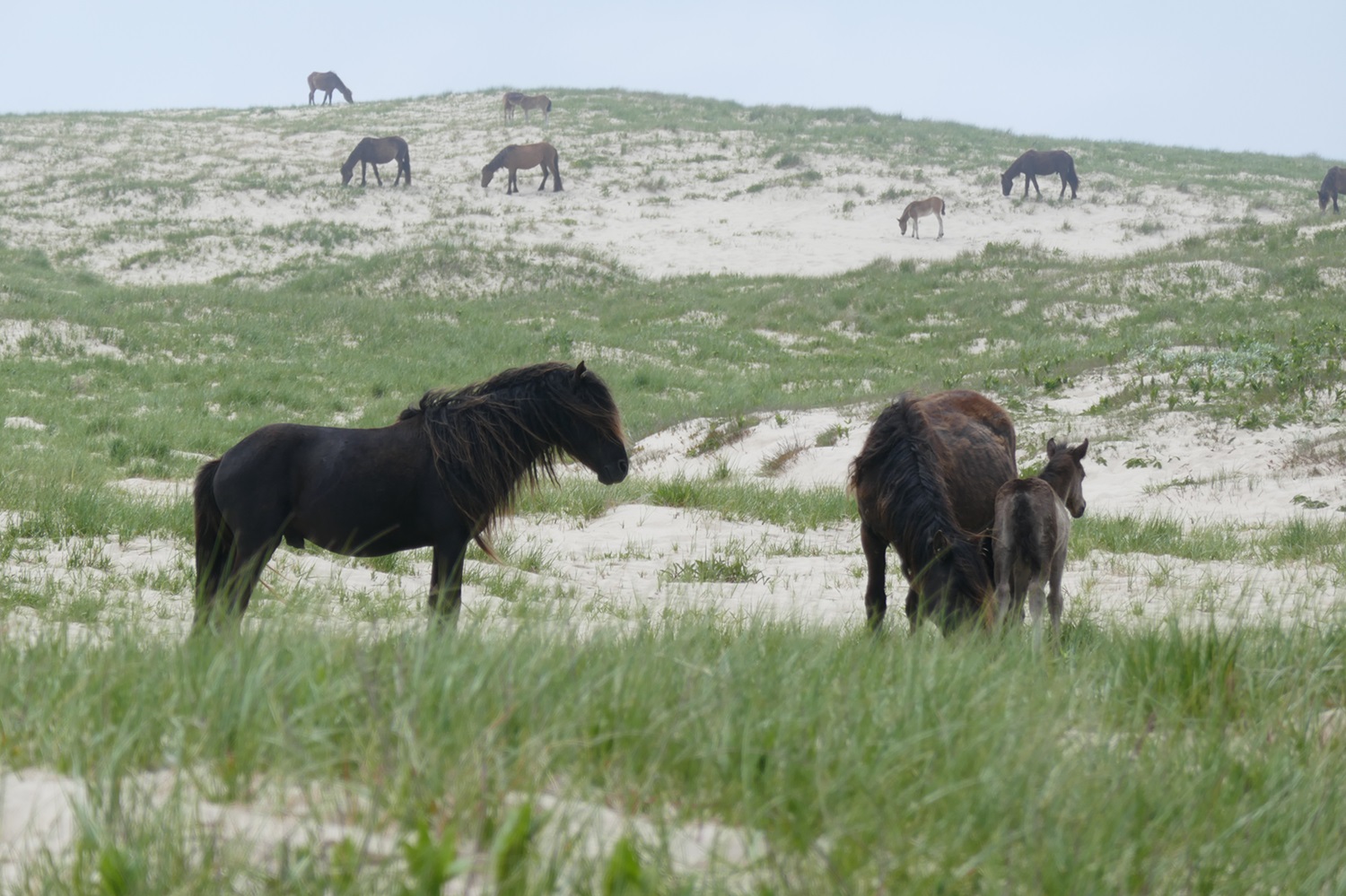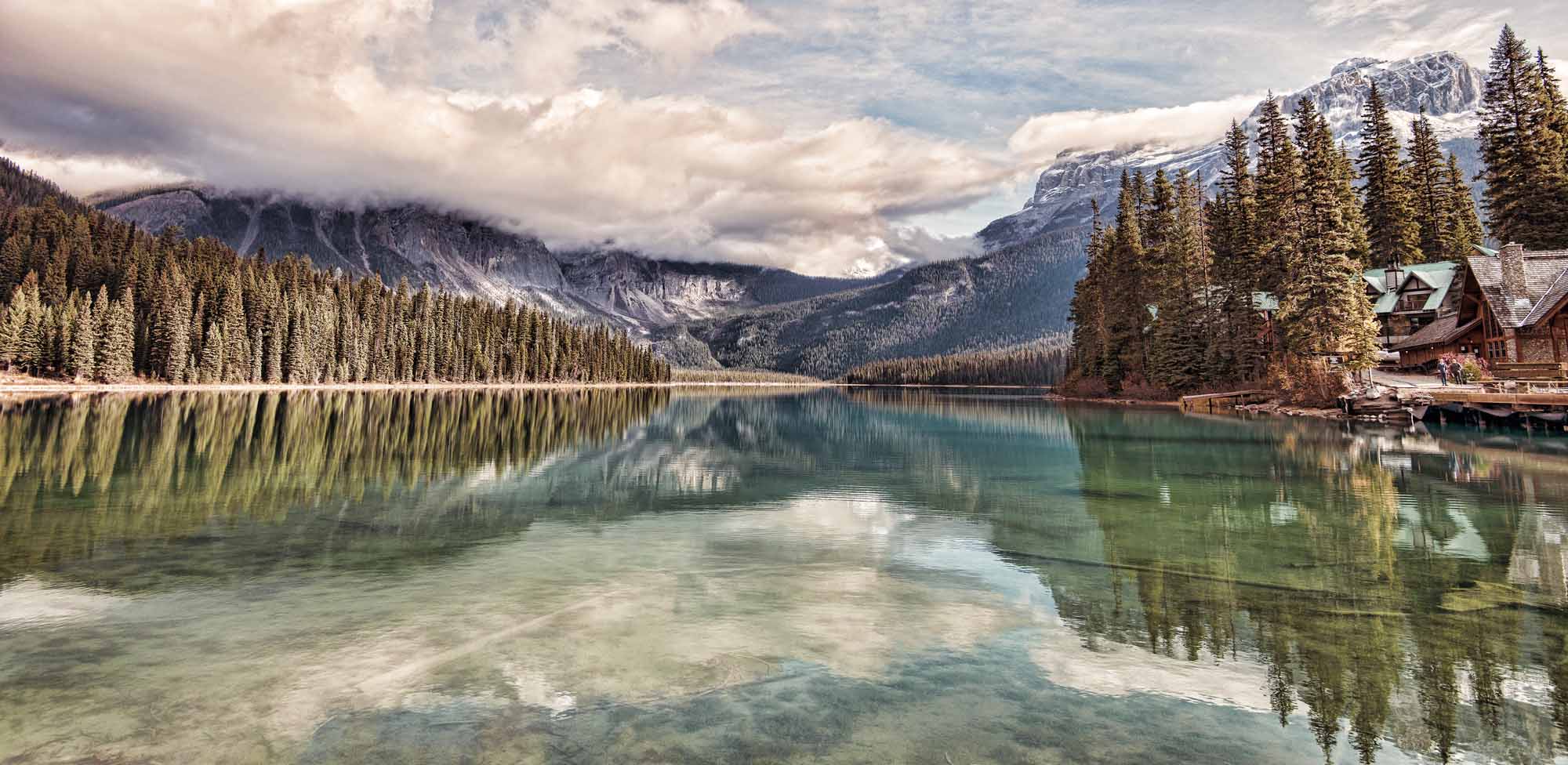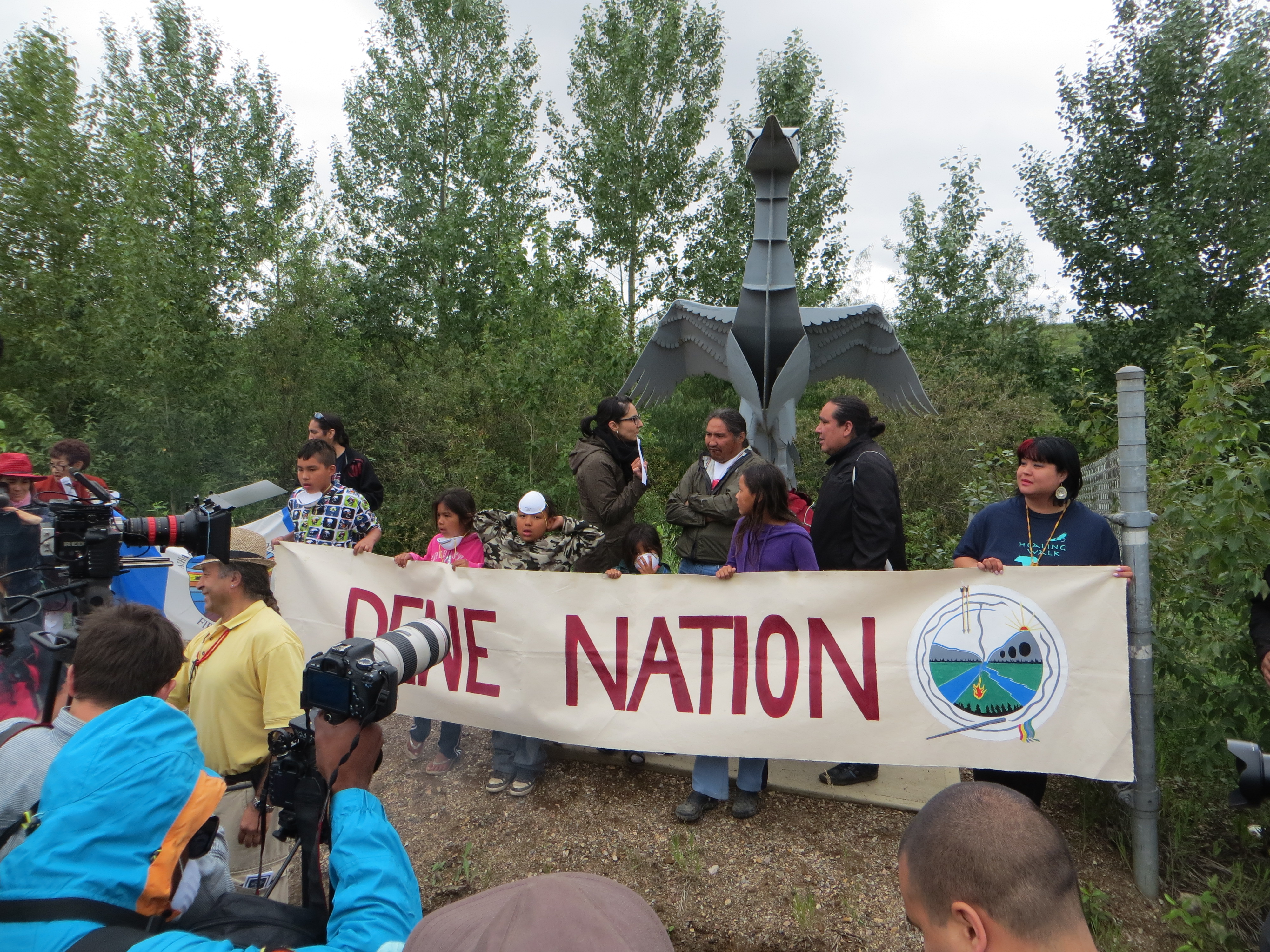Nááts’ihch’oh National Park Reserve, located on the traditional lands of the Shúhtaot'ine (Mountain Dene), is in the southwest portion of the Northwest Territories near the Yukon border. This is a backcountry National Park with no visitor services or facilities. Most people visit via floatplane, as there is no road access into the park. The park was established as the 44th national park in Canada in December 2014, and attracts many experienced paddlers as they face the challenging rapids on the Tehjeh Deé (South Nahanni River).

Landscape
Nááts’ihch’oh National Park Reserve is 4,895 km2 in size, including much of the northeastern Rocky Mountains and touching the eastern edge of Yukon.
Towering mountains and flowing rivers make up the majority of the park. This mountain range reveals significant geological features that tell the Earth’s history (see Geological History of Canada). Aquatic fossils and fish specimens have been found on the mountain, indicating that this range was once submerged before the sedimentary rock layers were warped and uplifted into the mountains that they are today.
This national park reserve protects the Tehjeh Deé (South Nahanni River) watershed as well as Túoch'ee Tué (O’Grady Lake), which flows into Túoch'ee Deé (Natla River). Most waterways are frozen for seven months of the year. When melted, glacial runoff quickly creates challenging rapids that attract experienced rafters. These rivers have been used as valuable transportation between the mountains and lowlands for the Sahtu Dene and Métis people.
The park has four main terrestrial ecosystems: alpine, sub-alpine, wetlands and geothermal. Each of these have their own unique plant life that contributes to the delicate environment. While alpine ecosystems house harsher, high altitude climates for more resilient plants, wetlands create more lush environments with plant species that thrive in damp environments. Sub-alpine ecosystems lend themselves to dense vegetation and early blooms, while geothermal areas house hot springs and delicate micro-ecosystems. More than 200 vascular plants, as well as other species of lichen and moss, are found throughout the park.
Wildlife
As this park is largely untouched by humans, it acts as a refuge for countless species. Grizzly bears, Dall sheep, Mountain goats and woodland caribou roam these lands.
Four fish species have been identified within the park: slimy sculpin, Arctic grayling, burbot and lake trout. While the cold, fast-flowing waters are optimal for many fish species, geographic barriers — like Náįlįcho (Virginia Falls) in the neighbouring Nahanni National Park Reserve, which presents a 96-m ascent impossible for fish to tackle — restrict them from migrating upstream. Fishing is currently prohibited within the park; only traditional harvesting by local Indigenous peoples is permitted at this time.
Park Management and Visitor Facilities
As a remote area primarily used for backcountry adventures, there are no visitor facilities within the park. The park office is located in Tulita, Northwest Territories, which is only accessible by air, an ice road in winter or by paddling along the Deh Cho (Mackenzie River).
In June 2025, construction on a new cultural centre for Nááts’įhch’oh National Park Reserve broke ground. This will serve as an exhibition space, a place to host Parks Canada operations, a visitors’ hub and a community space for events. It is expected to open its doors to the public in fall 2026.
Indigenous Significance
This park is on the traditional lands of the Shúhtaot'ine (Mountain Dene) and holds significant meaning to many of the Indigenous communities in the area. Nááts’ihch’oh, the prominent mountain that towers over the park and acts as its namesake, is considered to have díígóɂo (prehistoric power) and has given strength to the Shúhtaot'ine for generations.
Today, the Shúhtaot'ine still hunt, fish, and forage the lands for food and medicines (see Traditional Plants and Indigenous Peoples in Canada and Indigenous Peoples' Medicine in Canada). They have navigated the intricate waterways and mountainous terrain long before outdoor adventurers began to traverse the land. Now sharing their land with those who want to experience its beauty, the Shúhtaot'ine ensure their culture is integrated into the park to increase awareness of its historical significance.
The names of locations and landmarks within the park use the Shúhtaot'ine’s traditional Dene (Slavey) language to help preserve their culture.
Conservation
The Shúhtaot'ines play an important role in the conservation management plan of the park. Their connection to the land, wildlife, water and spiritually sacred spaces guide decisions for conservation decisions.
Collaboration between Indigenous communities and Parks Canada staff allow for broader perspectives and better land preservation. While scientific research is being conducted within the park to better understand the environmental status of the park, incorporating Indigenous practices can create a connected relationship with the land.

 Share on Facebook
Share on Facebook Share on X
Share on X Share by Email
Share by Email Share on Google Classroom
Share on Google Classroom







